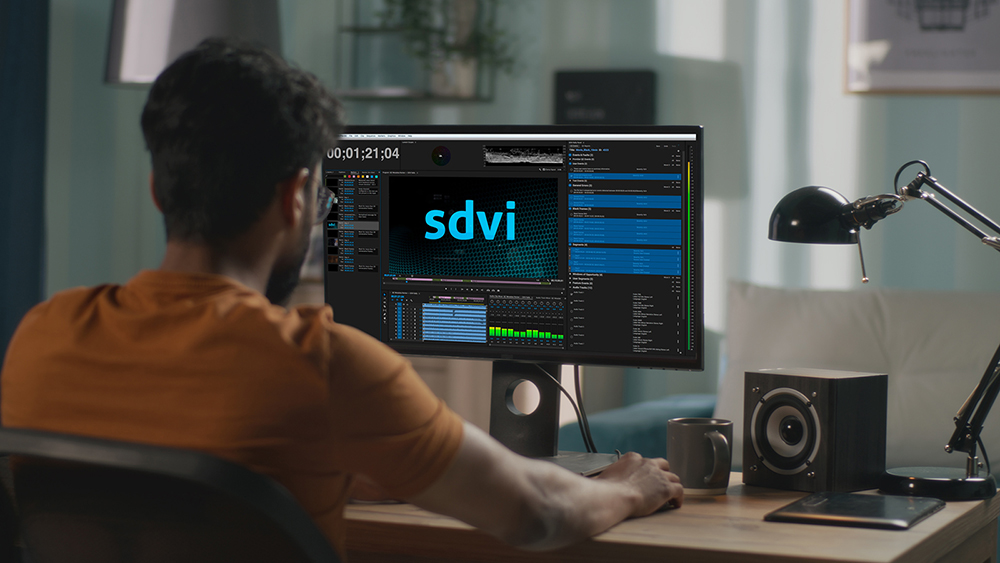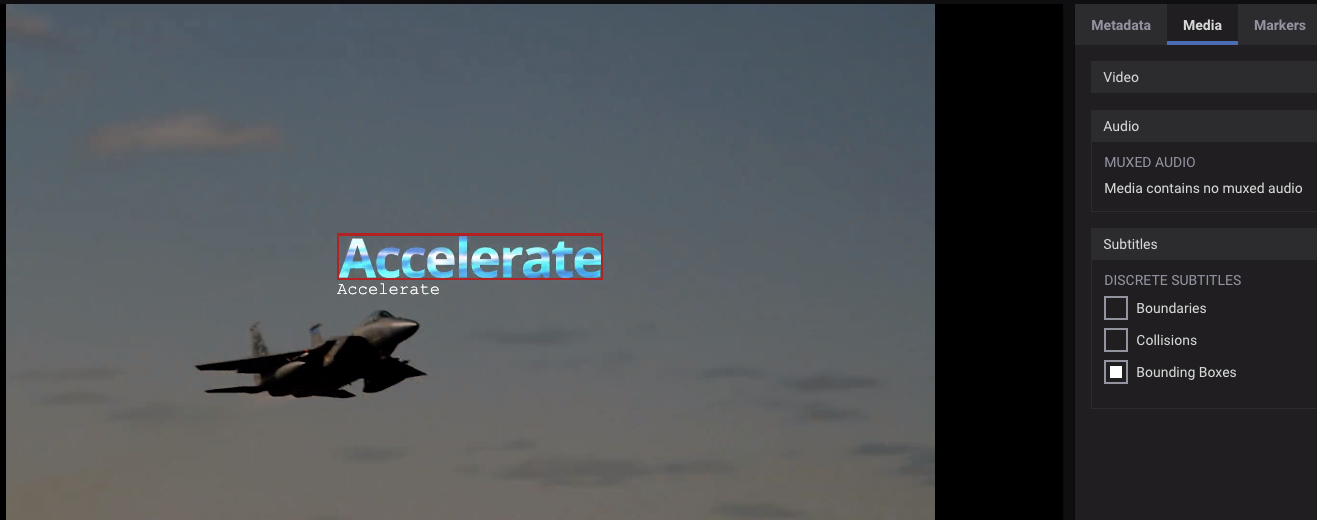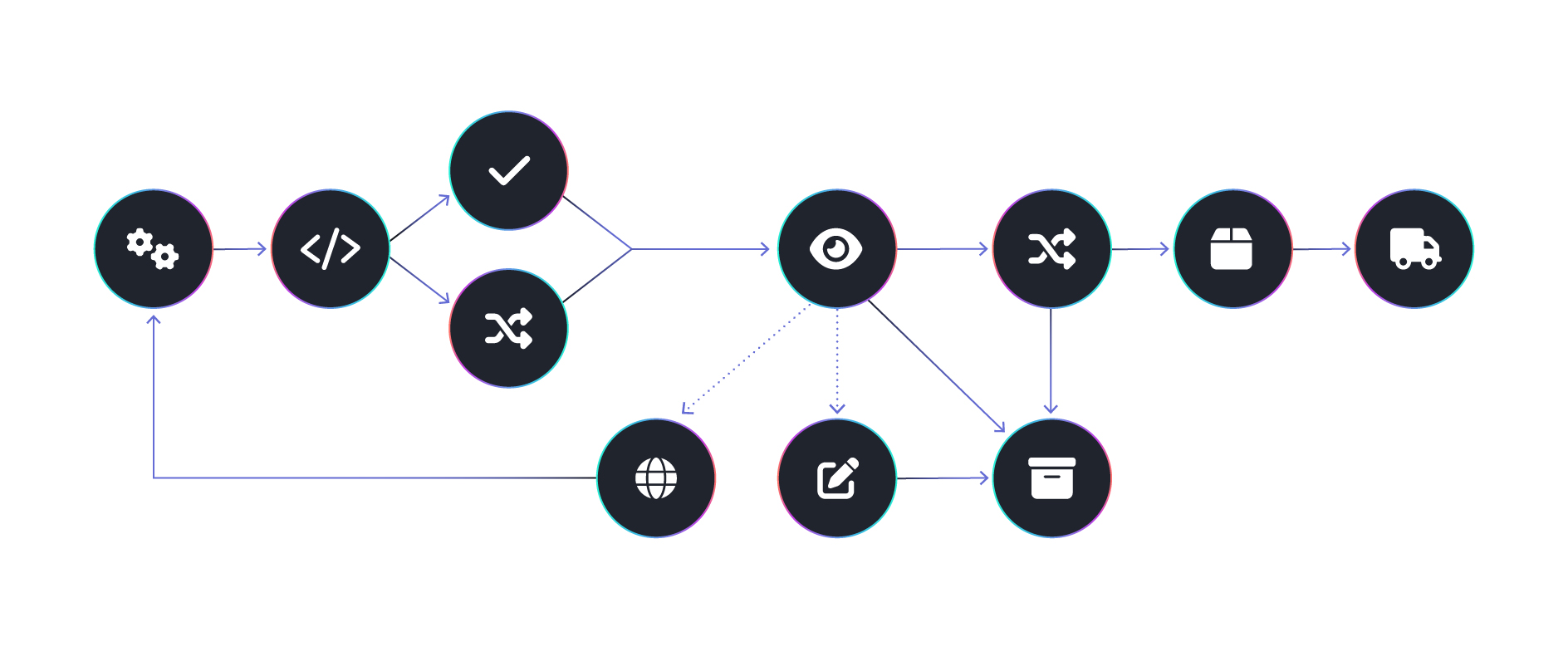Media operations are inherently complex and unpredictable. Anyone who tries to tell you they are simple, or easy, hasn’t seen what a real-world media operations department must deal with on a daily basis: spikes in demand for a new deal, missing metadata in archive content, content that arrives from a supplier without all the required components, and other unanticipated anomalies and disruptions. To keep content operations running at full capacity, the media supply chain must be able to adapt to all of it in an efficient and intelligent manner.
Beyond dealing with the unpredictability of media operations, every enterprise media company manages its own unique workflows, with its own (often custom) set of tools, and its own processes and procedures for how content flows through its supply chain. As a result, the media supply chain must be tailored precisely to the company’s unique requirements. And if operations are to run at peak efficiency and maximum throughput, the technical infrastructure, by extension, must be tailored to the supply chain.
When a media company is able to define very specific and unique media supply chains and then programmatically control the underlying technical infrastructure, it has just what it needs to achieve its media operations objectives.
Programmatic control over supply chains and the technical infrastructure that supports them is far superior to over-simplified media management alternatives that are constrained to the infrastructure allocated to them. In effect, what we are describing is the ability to define media supply chains and automatically compose the technical infrastructure to meet the supply chain requirements on-demand. Composable media supply chains. Is that even possible?
Let’s take a step back and start by looking at the whole notion of composability.
We’ve been explaining this concept in various ways since we first introduced the Rally media supply chain platform. The fundamentals are right there in Larry Kaplan’s 2016 blog post, written on his way to IBC for the Rally platform’s formal European debut. And today, if you ask ChatGPT to define key aspects of composable infrastructure for media processing, the results are eerily familiar … particularly if you’ve seen the SDVI website or read our blog posts over the years.
Defining Composable Infrastructure
According to one LLM’s understanding of the topic, “composable infrastructure” for media processing generally refers to technical architecture that “enables the fluid and dynamic composition of resources such as compute, storage, and networking, allowing for more efficient utilization of resources based on the specific needs of workloads or applications. In the context of media processing, composable infrastructure can be applied to create a flexible and scalable environment for handling media-related workloads. This could include tasks such as video editing, transcoding, rendering, and other media processing activities.”
Further, from an IT perspective, there are generally five aspects of composable infrastructure that make it appealing for unpredictable workloads. These include dynamic resource allocation, software-defined infrastructure, resource pools, API-driven automation and orchestration, and scalability and performance. Rally leverages all of these elements of cloud-based, software-defined environments to enable composable media supply chains.
Enabling Composable Media Supply Chains
 A supply chain can be defined as a set of functions and tasks that run on technical infrastructure. If the infrastructure is composable and the tasks are composable, and you put the two together, you end up with composable media supply chains, created on the fly, where configuration and management of resources are handled through software, allowing administrators to programmatically control and adapt infrastructure to address their workflow requirements. This is the magic of Rally.
A supply chain can be defined as a set of functions and tasks that run on technical infrastructure. If the infrastructure is composable and the tasks are composable, and you put the two together, you end up with composable media supply chains, created on the fly, where configuration and management of resources are handled through software, allowing administrators to programmatically control and adapt infrastructure to address their workflow requirements. This is the magic of Rally.
Within the Rally platform, you build supply chains to run on composable infrastructure that’s based on the work that needs to get done, the applications that need to be run, and the tasks that need to be completed. Because the supply chain is composed to meet your specific workflow requirements, there are no limits, no constraints.
Software-defined, or composable, media supply chains can even be built automatically by smart decision engines that evaluate what’s going on and what needs to get done in order to provide just-in-time media processing. Because your infrastructure is software-defined and software-controlled, you can compose — in an on-demand, almost real-time manner — both the infrastructure and the supply chain that runs on that infrastructure.
Why is this so important? When you have a software-defined, cloud-based supply chain, you’re not running infrastructure all the time; you only run it when you need it. You only do work when you need an asset. So, why do it in advance? You don’t need to store a million versions of content. If an asset is temporal, just spin up the resources, do the work to create the asset, spin the resources down, provide the asset to whatever destination it needs to go, and then make a decision: keep the asset, or just let it go and make it again if you ever need it again.
Composing the resources you need, allocating the infrastructure to run those resources, managing that through intelligent software, and then adapting it on the fly as the needs evolve — this approach to resource utilization delivers faster time to results and significant cost savings.
Leveraging the Power of Software
This software-defined approach allows you to build incredibly powerful, automated, and adaptable environments without getting your hands dirty in the complexity of managing the individual components. You realize a higher degree of precision, control, and manageability when your supply chain is enabled by code rather than static activities that you have to combine to try to get the right result.
 Administrators and engineers gain incredible control over the supply chains that they want to build — and the steps and decisions that go into that supply chain. Properly architected supply chains are highly complex by definition because they’re built to handle everything you expect to come in and go through the supply chain, as well as any exceptions. (And anyone who’s worked in media knows the inputs to your supply chain are never as predictable as you wish they were.)
Administrators and engineers gain incredible control over the supply chains that they want to build — and the steps and decisions that go into that supply chain. Properly architected supply chains are highly complex by definition because they’re built to handle everything you expect to come in and go through the supply chain, as well as any exceptions. (And anyone who’s worked in media knows the inputs to your supply chain are never as predictable as you wish they were.)
The capacity to “code in” the response to such conditions gives administrators of Rally-driven supply chains immense power — and brings the platform such completeness — in helping the media company complete the work it needs to do. Oftentimes there’s an exception that has to be dealt with, and Rally simply incorporates it into supply chain activities, interrupting the flow as needed so that a human can take care of anything that isn’t automatically corrected.
While all media companies essentially do the same tasks, the devil is in the details. Fixed workflow templates might get you some of the way there, but truly composable media supply chains will give you more of what you need to compete and win: amazing flexibility, scalability, and efficiency of resource utilization — all with just a few lines of code.
If you’re looking to access the remarkable power and control that comes from software-defined infrastructure and composable media supply chains, get in touch! We’d love to demonstrate how they can help you redefine your media workflows and transform your business.



